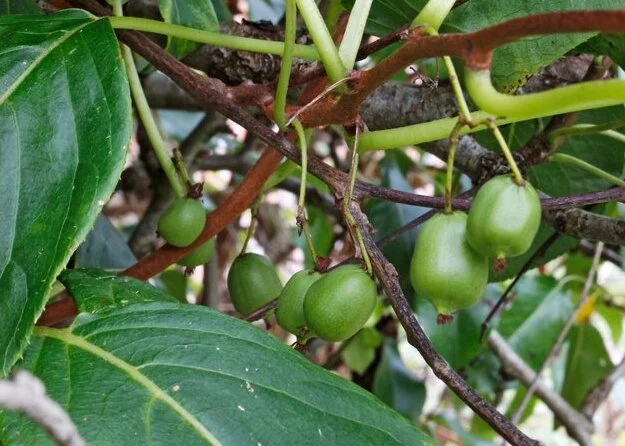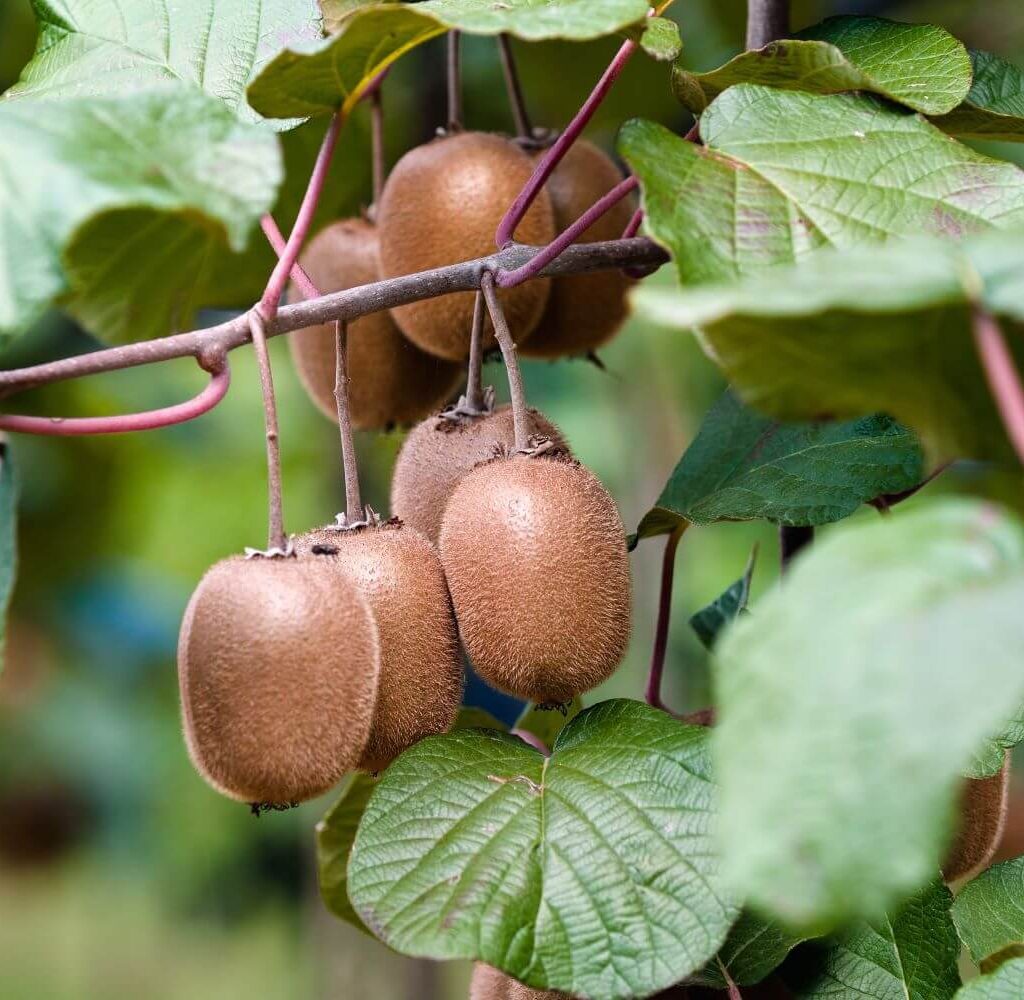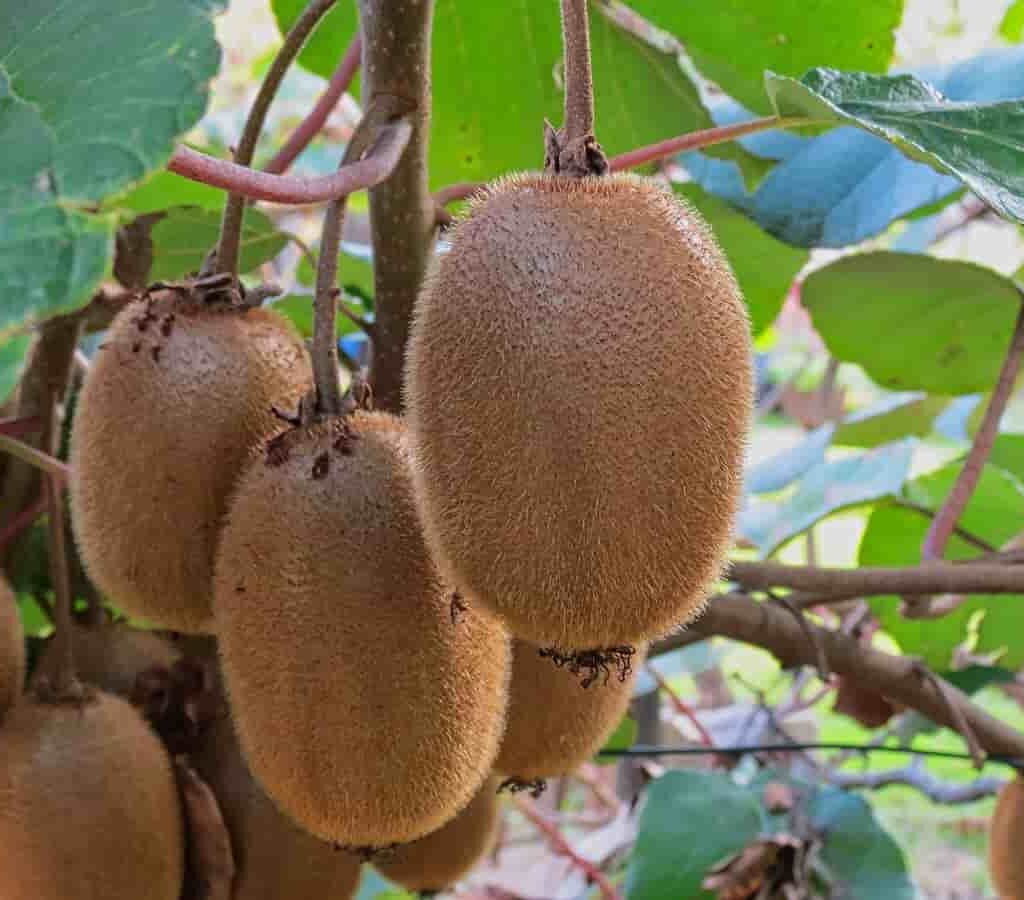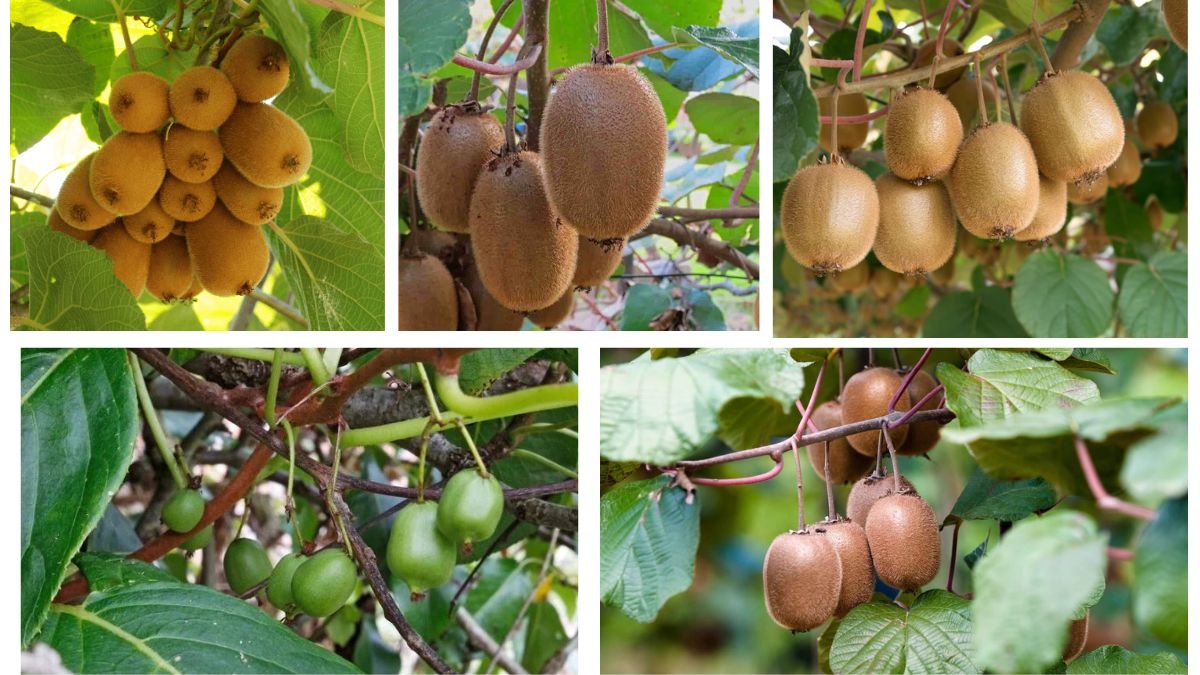The kiwi plant (Actinidia deliciosa), also known as the Chinese gooseberry, is a fast-growing, deciduous vine that produces small, fuzzy, nutrient-rich fruits beloved around the world. Famous for its tangy-sweet flavor and high vitamin C content, kiwi vines not only offer culinary delight but also serve as attractive additions to home gardens and orchards.
Like all fruiting plants, proper watering is essential for healthy growth, flowering, and fruit production. Despite being relatively hardy, kiwi plants have particular moisture needs, and watering mistakes — whether too much or too little — can severely affect their productivity and vigor. So, how often should you water a kiwi plant? The answer depends on several factors including plant age, soil type, local climate, and growth phase.
This comprehensive guide will cover everything you need to know about watering kiwi plants, including optimal watering schedules, how much water they need, seasonal adjustments, container care, and common watering mistakes to avoid.
Why Is Watering Important for Kiwi Plants?

Water plays a vital role in several key processes for kiwi plants:
- Supports photosynthesis and nutrient absorption.
- Maintains turgor pressure, ensuring lush leaves and plump fruits.
- Encourages healthy vine growth, flower formation, and fruit set.
- Prevents issues such as fruit shriveling, leaf drop, and sunscald.
- Reduces stress, helping plants resist pests and diseases.
Kiwi vines have a relatively shallow, fibrous root system that reacts quickly to soil moisture changes, making consistent and appropriate watering crucial.
How Often Should You Water a Kiwi Plant?

Watering frequency depends on plant age, weather conditions, soil type, and whether the plant is in the ground or a container.
| Plant Stage | Watering Frequency |
|---|---|
| Newly planted vines (first 4–6 weeks) | Every 2–3 days to keep soil consistently moist |
| Young plants (1–3 years) | Every 5–7 days during dry weather |
| Mature fruiting vines (3+ years) | Every 7–14 days, depending on weather and soil type |
| Flowering and fruiting season | Every 3–5 days during dry or hot periods |
| Dormant season (winter) | Water sparingly, only during extended dry spells |
Seasonal Watering Requirements for Kiwi Vines

Spring
- Vines come out of dormancy and start producing new shoots and leaves.
- Water once or twice a week, adjusting for rainfall.
- Keep soil moist but not soggy to support early growth and flower buds.
Summer
- Peak growth, flowering, and fruit development stage.
- Increase watering to every 3–5 days in hot, dry conditions.
- Ensure soil remains evenly moist as fruits develop and swell.
- In container-grown plants, daily watering might be necessary during heatwaves.
Autumn
- As harvest concludes and growth slows, gradually reduce watering.
- Water every 10–14 days during dry periods.
- Avoid overwatering as temperatures drop.
Winter
- Kiwi vines enter a dormant phase and require minimal watering.
- Water only when soil has been dry for several weeks.
- Prevent waterlogged soil to avoid root diseases in cold conditions.
How Much Water Does a Kiwi Plant Need?

The volume of water a kiwi plant requires depends on its size, age, soil type, and season:
General Guidelines:
- Newly planted vines: 2–5 liters (0.5–1.3 gallons) per session.
- Young vines (1–3 years): 10–20 liters (2.6–5.3 gallons) per watering.
- Mature vines: 30–50 liters (8–13 gallons) per session during dry spells.
Water should soak to a depth of 12–18 inches, reaching the majority of the root system.
Deep, infrequent watering encourages strong root development and drought tolerance.
Watering Kiwi Plants in Containers
Container-grown kiwi vines dry out much faster than in-ground plants.
Tips for container care:
- Check soil moisture daily in warm weather.
- Water when the top 1–2 inches of soil feel dry.
- Ensure pots have proper drainage holes.
- Avoid letting water sit in trays beneath pots.
In summer, container kiwi plants may require watering once a day or every other day.
How Soil Type Affects Watering Frequency

Different soil textures hold and drain water differently:
| Soil Type | Watering Frequency |
|---|---|
| Sandy soils | Drain quickly; water more frequently |
| Loamy soils | Retain moderate moisture; ideal |
| Clay soils | Hold water longer; water less often |
Ideal soil: Well-draining loam rich in organic matter.
Tip: Amend heavy clay soils with compost and sand to improve drainage.
Climate and Weather Considerations
In hot, dry, or windy climates:
- Increase watering during heatwaves and dry spells.
- Apply a 3–4 inch mulch layer around the plant’s base to conserve moisture and regulate soil temperature.
In humid, rainy areas:
- Reduce watering frequency.
- Always check soil moisture before watering to avoid root rot.
Best Time of Day to Water Kiwi Plants
The most effective watering times are:
- Early morning: Reduces evaporation and ensures water reaches the roots.
- Late afternoon: Acceptable if mornings are missed, but avoid late evening watering to prevent fungal disease risks.
Benefits of Mulching for Kiwi Plants
Mulching offers multiple advantages:
- Conserves soil moisture by reducing evaporation.
- Moderates soil temperature.
- Suppresses weed growth.
- Improves soil structure as it decomposes.
Recommended mulch materials:
- Straw
- Dry leaves
- Grass clippings
- Shredded bark
- Compost
Apply mulch 3–4 inches thick, keeping it 4–6 inches away from the plant’s base.
Signs of Overwatering and Underwatering
Signs of Underwatering:
- Wilting or drooping leaves.
- Dry, brittle stems.
- Small, shriveled or underdeveloped fruits.
- Premature leaf drop and sunburn.
Signs of Overwatering:
- Yellowing leaves, especially at the base.
- Soggy soil and root rot.
- Mold or fungal problems.
- Stunted vine growth.
Pro Tip: Check soil moisture by inserting your finger 4–6 inches deep — if dry, it’s time to water.
Common Watering Mistakes to Avoid
| Mistake | Effect | Solution |
|---|---|---|
| Frequent, shallow watering | Shallow, weak root systems | Deep, infrequent watering |
| Overwatering in cool months | Root rot, fungal diseases | Reduce watering in dormancy |
| Watering during midday heat | High evaporation loss | Water early morning |
| Ignoring soil texture | Uneven moisture and plant stress | Adjust watering based on soil type |
When to Reduce or Stop Watering Kiwi Plants
After harvest:
- Gradually taper watering as growth slows.
- Maintain occasional deep watering during dry spells.
In winter:
- Water only if soil is dry for several weeks.
- Avoid excessive moisture to prevent root issues.
Conclusion
Watering is one of the most important aspects of growing healthy, productive kiwi plants. By understanding your plant’s needs and adjusting your watering schedule according to age, season, climate, and soil type, you’ll foster strong growth, abundant flowering, and sweet, plump fruits.
Focus on deep, consistent watering during active growth and fruiting seasons, reduce irrigation during dormancy, and use mulch to retain soil moisture. Regularly check soil dampness and avoid both underwatering and overwatering, which can quickly lead to plant stress or disease.




Leave A Comment